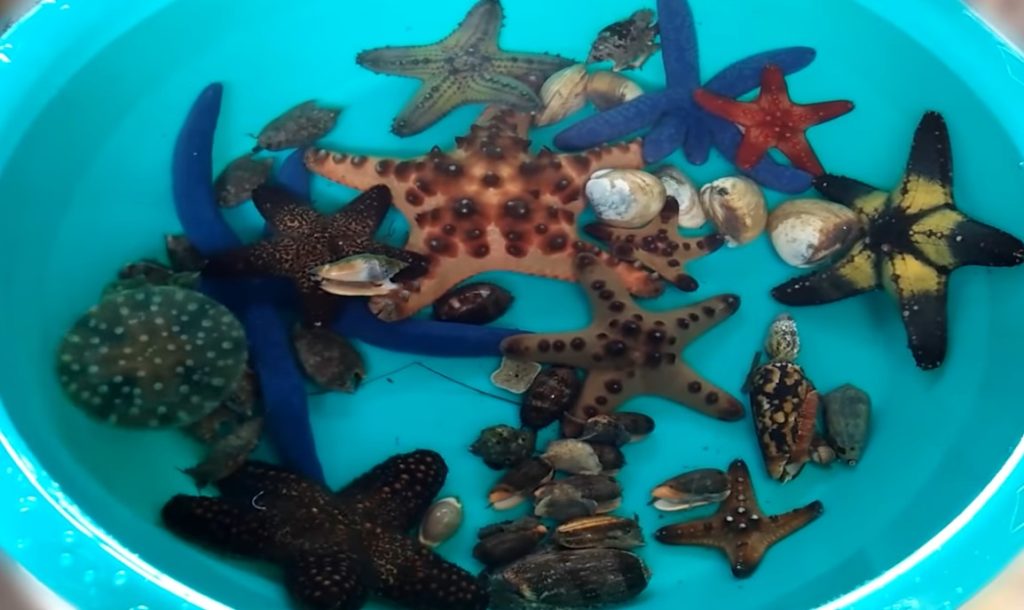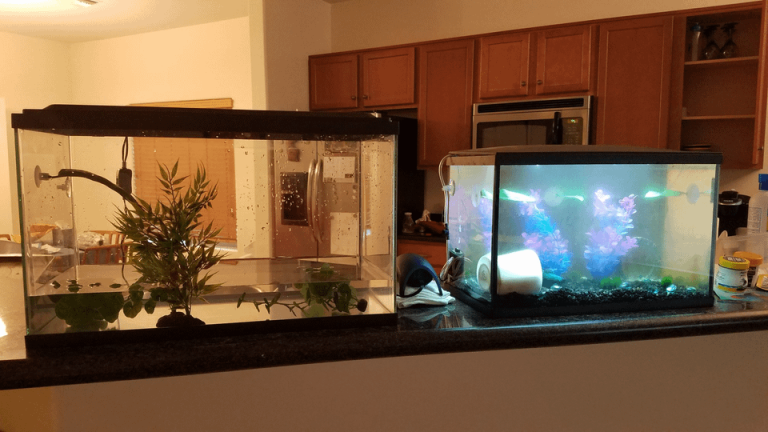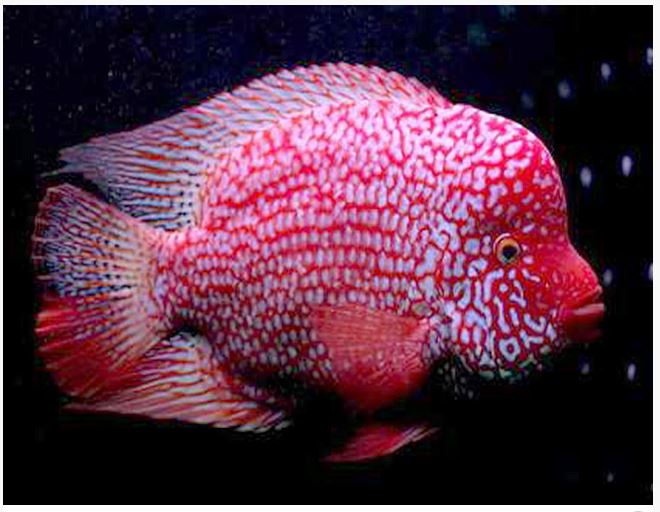Small Starfish
Small Starfish: A Fascinating Creature of the Sea
Have you ever wondered about the small starfish you see washed up on the shore? These curious creatures are not only fascinating to look at but also play an important role in our marine ecosystems. In this article, we will dive deep into the world of small starfish, exploring their characteristics, habits, and the vital role they play in the underwater world. So, let’s embark on this underwater journey and discover the wonders of these tiny marine creatures.
What are Small Starfish?
Small starfish, also known as sea stars, are echinoderms that belong to the class Asteroidea. They are invertebrates, meaning they have no backbone, and are closely related to sea urchins, sand dollars, and sea cucumbers. These marine animals are found in various oceans around the world and come in a wide range of colors and sizes.

Characteristics of Small Starfish
Small starfish come in a plethora of shapes and sizes, but they all share some common characteristics. Here are some notable traits of these fascinating creatures:
1. Body Structure: Small starfish have a distinct star-shaped body with multiple arms radiating from a central disk. The number of arms can vary, ranging from 5 to over 40.
2. Skin and Spines: The skin of a starfish is covered in small spines known as dermal ossicles, which provide protection against predators. These spines often have various patterns and textures.
3. Tube Feet: Each arm of a starfish is lined with hundreds of tiny tube feet, which help them navigate across surfaces, catch food, and even attach themselves to rocks.
4. Regeneration Ability: One of the most remarkable abilities of starfish is their power to regenerate. If a starfish loses one or more arms, it can regrow them over time, sometimes even regenerating an entirely new starfish from a single arm!
Habits and Behavior of Small Starfish
Small starfish have intriguing habits and behaviors that make them unique creatures of the sea. Let’s explore some of their fascinating habits:
1. Feeding: Starfish are opportunistic feeders and have a diverse diet. They mainly feed on bivalve mollusks such as clams and mussels, but they also prey on snails, small fish, and even other starfish. Some starfish are filter feeders, using their tube feet to catch microscopic food particles in the water.
2. Locomotion: Starfish have a distinct way of moving. They use their tube feet and water vascular system to push themselves along surfaces. Their tube feet operate through hydraulic pressure, allowing them to move and cling onto various surfaces.
3. Predators and Defense Mechanisms: Despite their spiny exterior, starfish have many natural predators, including larger fish, seabirds, and even some mammals. To defend themselves, starfish have several mechanisms. Some can shed their arms or parts of their bodies, distracting predators while they make a quick escape. Others have venomous spines that can be harmful to potential attackers.
4. Reproduction: Starfish have both sexual and asexual methods of reproduction. Most species are dioecious, meaning they have separate male and female individuals. During breeding season, male starfish release their sperm into the water, where it is captured by female starfish and used to fertilize their eggs. Once fertilization occurs, tiny larvae are released into the water, where they go through a metamorphosis process to become miniature starfish.
Importance of Small Starfish in the Ecosystem
Small starfish play a crucial role in maintaining the balance of marine ecosystems. Here are some ways in which they contribute:
1. Controlling Population: Starfish feed on various marine organisms, including mollusks, which helps control the population of these prey species. By keeping the populations in check, starfish prevent overgrazing of algae and maintain a healthy underwater environment.
2. Habitat Creation: Many species of starfish, such as the reef-building starfish, contribute to the formation of coral reefs. They help create nooks and crevices where other marine organisms can find shelter and protection.
3. Nutrient Cycling: When starfish feed on dead animals and decaying matter, they help with nutrient cycling in the ecosystem. By breaking down organic material, they release essential nutrients back into the water, supporting the growth of other marine organisms.
Frequently Asked Questions
Now that we have explored the world of small starfish, let’s address some commonly asked questions about these fascinating creatures.
Q: Can I keep a small starfish as a pet in an aquarium?
A: While small starfish may seem like interesting pets to have in an aquarium, it is not recommended. They have specific habitat requirements and feeding needs that are challenging to replicate in captivity. It is best to appreciate them in their natural environment.
Q: Are all starfish edible?
A: While some cultures consider certain species of starfish as a delicacy, not all starfish are safe to eat. Some species contain toxins that can cause illness or even be fatal. It is crucial to consult with experts before consuming any marine organisms.
Q: Can starfish be found in freshwater bodies?
A: No, starfish are primarily marine creatures and cannot survive in freshwater environments. They require the appropriate saltwater conditions to thrive.
Q: Are all small starfish harmless?
A: While most starfish are harmless to humans, some species have venomous spines that can deliver a painful sting. It is essential to avoid handling starfish and observe them from a safe distance.
Final Thoughts
Small starfish may be tiny creatures, but they have a significant impact on our marine ecosystems. From their unique body structure to their important role in nutrient cycling and population control, these fascinating creatures deserve our admiration and protection. So, the next time you spot a small starfish washed up on the shore, take a moment to marvel at the wonders of the sea and the intricate beauty of these amazing creatures.






